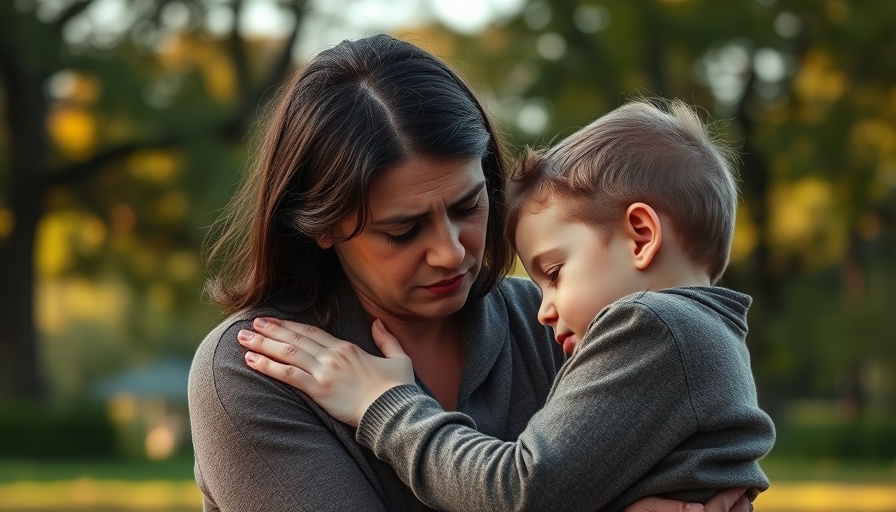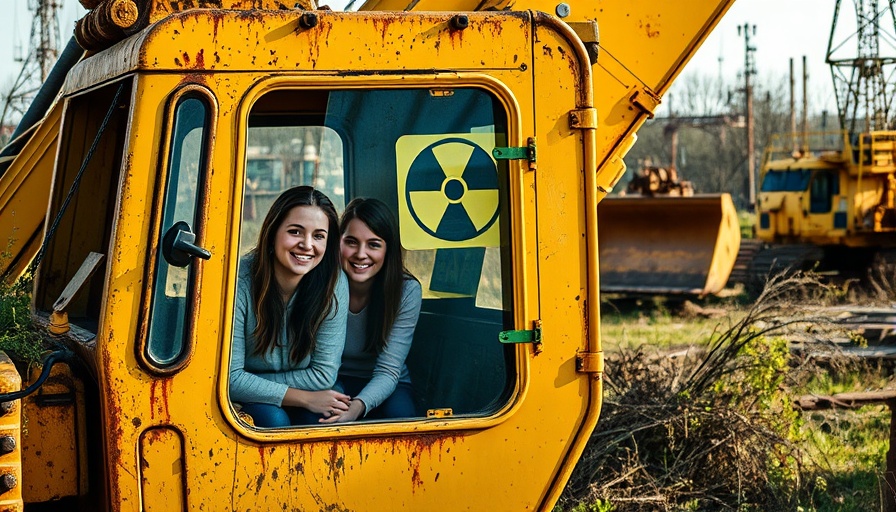
The Future of Healthcare: How AI is Changing Patient Control
In recent years, artificial intelligence (AI) has revolutionized numerous sectors, with healthcare at the forefront of this change. As we dive deeper into this digital era, AI is not only reshaping patient data management but is also enhancing patient autonomy in unprecedented ways. By leveraging frameworks like TEFCA (Trusted Exchange Framework and Common Agreement) and FHIR (Fast Healthcare Interoperability Resources), AI is paving the way for a new health ecosystem that prioritizes patient control and data security.
AI and Standardized Data Exchange: A Game Changer
The integration of AI with interoperability frameworks such as TEFCA and FHIR offers a solution to the age-old problem of fragmented healthcare data. TEFCA aims to establish a unified national data exchange network, addressing communication gaps between multiple health information systems. By implementing clear governance protocols, TEFCA allows disparate entities to collaborate effectively, enabling standardized health information exchange.
Moreover, FHIR facilitates modern data sharing by introducing a resource-oriented approach. With standardized APIs, FHIR allows healthcare providers to access vital patient information, thus empowering AI systems to deliver richer insights. This combined framework transforms patient management, ensuring that clinicians have access to comprehensive data, leading to better health outcomes.
Empowering Patients: AI-Driven Health Dashboards
Patient empowerment is another area where AI is making significant strides. With the development of AI-integrated health dashboards, patients can interact with their health data like never before. These innovative platforms go beyond merely displaying raw data; they translate complex medical information into actionable insights, equipping patients with the knowledge they need to make informed health decisions.
By personalizing health data presentation, patients now have the tools to understand their health status better. Whether it's tracking blood pressure or managing chronic conditions, these dashboards provide clarity and encourage proactive health management.
Rethinking Patient Consent with AI
AI is also revolutionizing how we think about patient consent. Traditional models often fail to grant patients the flexibility and control they need over their data sharing preferences. However, intelligent consent management systems powered by AI are now setting a new standard. These systems allow patients to easily manage their data sharing preferences, ensuring that they can respond effectively to their evolving needs.
Ensuring Autonomy During Critical Times
A remarkable development in AI technology is the management of patient data during critical periods, such as incapacitation. Advanced AI can interpret and respect patient wishes from directives, ensuring that health data is accessed based on pre-established consent preferences. This innovation guarantees that patient autonomy is upheld even when individuals cannot advocate for themselves.
Conclusion: Embracing AI in Healthcare for Better Outcomes
As AI continues to advance, its potential to enhance patient control and data trust is monumental. By integrating AI with healthcare data systems through TEFCA and FHIR, we are laying the groundwork for a patient-centered approach that not only respects individual autonomy but also fosters trust in healthcare systems. It is crucial for healthcare stakeholders to embrace these innovations, ensuring better outcomes for patients and transforming the healthcare landscape. The future of healthcare relies on embracing technology and empowering patients like never before.
 Add Row
Add Row  Add
Add 




Write A Comment